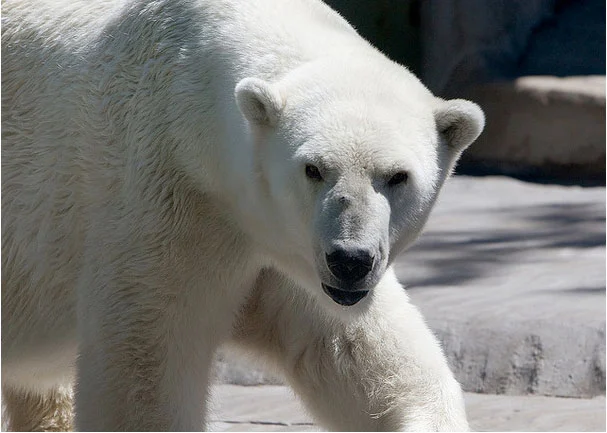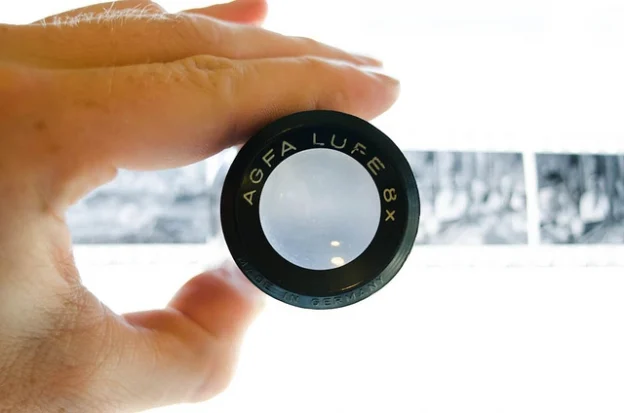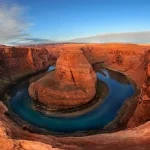Since Marissa Mayer took over at Yahoo!, many of its properties have been revamped. Flickr is no exception. Flickr now has a much nicer interface.
Browsing millions of hosted images is now a pleasure. You can look for inspiration. Or find a picture to add visual sparkle to a blog post. The limitations on photographers for storing images have changed. This has brought back many who left for competitors. Because of this, more images are being added now. This is more than in the last few years.
Studies prove that images help user engagement. This has SEO benefits. It also greatly aids social media exposure. Flickr is a treasure trove. However, bloggers need to be aware of a few pitfalls. Business bloggers, in particular, should know these before snagging images. They might want to use them to liven up their posts.
Photographers are often quite touchy about image use rights. So, you need to be careful. You don’t want to face an angry photographer’s rant. Or even legal action. Because of this, you must know which images you can use. And you need to understand the conditions for using them.
If It’s On Flickr I Can Use It For Free
This is absolutely not true. Images are placed on Flickr with a variety of different licenses determined by their owners.
As a blogger, I know it can be intensely frustrating to find the perfect image. Then, you discover it has restrictive licensing. Consequently, this means you can’t use it for your clients.. But, we should avoid the temptation to just take what we want regardless. We don’t like it when sites scrape and steal our content. We should have the same respect for photographer’s work that we have for our own.
What Can I Use?
Take a look at this image on Flickr. It’s a beautiful picture and it’d look good on any blog, but to be sure we can use it we need to check out the image’s licensing. You can find that at the bottom of the right hand column below the image under “Additional Info.”
All Rights Reserved” means that we basically can’t do anything with it, which is why I have just linked to it rather than including it in this post. To use this image we’d have to get in touch with the owner to ask for their permission to license it. Under copyright law the photographer has every right to do this, so there’s no point grumbling. We’ll have to find something else.

This image, by the talented Flickr user Longhorndave, has different licensing:If we click on “Some rights reserved”, we re taken to the license page, which clearly lays out how we can use this image and what the photographer expects in return.
In this case, the image is licensed with an Attribution 2.0 Generic (CC BY 2.0) license, which means we can do anything we like with it so long as we provide proper attribution. Attribution usually consists of a link to the image source or the Flickr profile of the photographer along with a mention of their name.
License types
Creative Commons licenses come in many different version but most of them are concerned with:
Whether you can copy, distribute, or transmit the image (which includes using it on a blog).
Whether you can make derivative works.
If you have to attribute to the copyright owner.
Whether you can use the image in commercial contexts.
If you click the “Some rights reserved” link on images you want to use, you’ll see a clear explanation of what you can do and what people expect of you.
Commercial vs. Non-Commercial
Many photographers make their images free to use except for commercial purposes. The trouble is, no one knows exactly what “commercial” means. Creative Commons licenses are vague on this point. Does it mean you can’t print it on a t-shirt you intend to sell? it that mean you can’t use it if you’re a company? Does it mean you can’t use it if you have advertising on your site?
It’s not clear. But in a survey of Creative Commons license users, most of them had very strict definitions of what counted as commercial, including sites with advertising. It’s a very fuzzy line, but to be on the safe side, if there’s a hint of commerce in your intended use, it might be safer not to use images licensed in this way.
Finding Creative Commons Licensed Images
Flickr provides an excellent advanced search facility, which can be used to filter for images that have Creative Commons licenses and those that allow commercial use.
There are also dedicated services for finding free images on Flickr, including PhotoPin and CompFight.
So long as you stick with Creative Commons licensed images and adhere to the provisions of the various licenses, Flickr is a fabulous resource for finding images to use on a blog or website.




